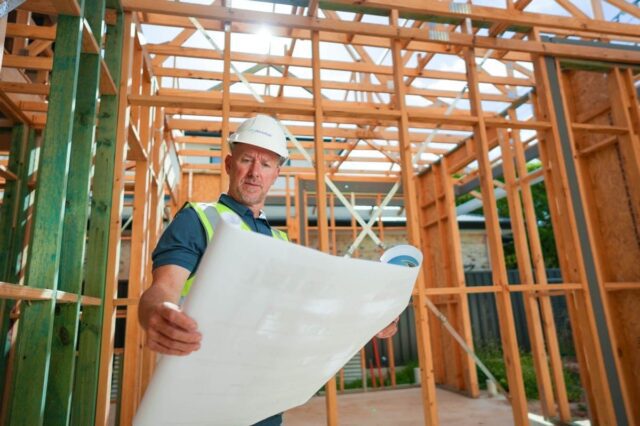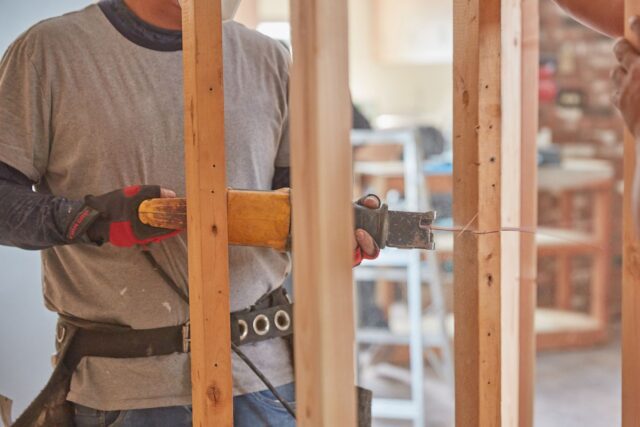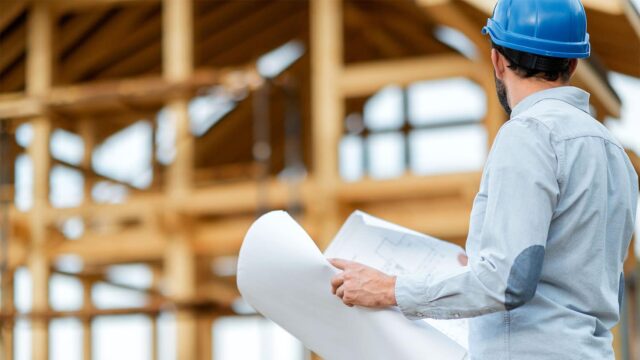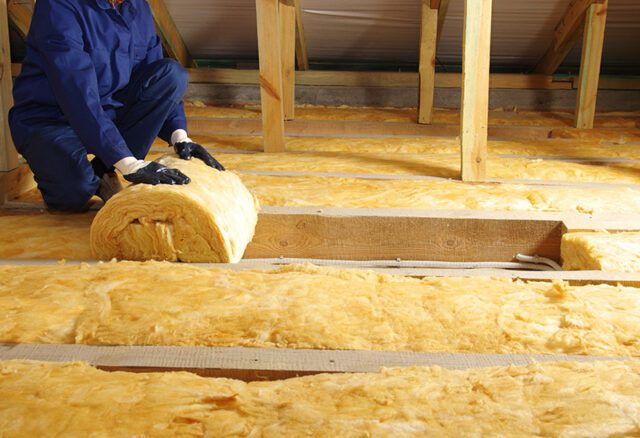How to Prepare for Spring Home Maintenance
As the temperatures rise and the days grow longer, spring presents an ideal opportunity to give your home some much-needed attention. Home maintenance is an essential part of protecting your property, enhancing its value, and ensuring a safe living environment. By completing a few key tasks during the spring season, you can prevent costly repairs down the road and improve the overall comfort of your home. This article offers tips on how to prepare your home for spring, helping you stay ahead of potential issues while keeping your home in tip-top shape.
Clean Gutters and Downspouts
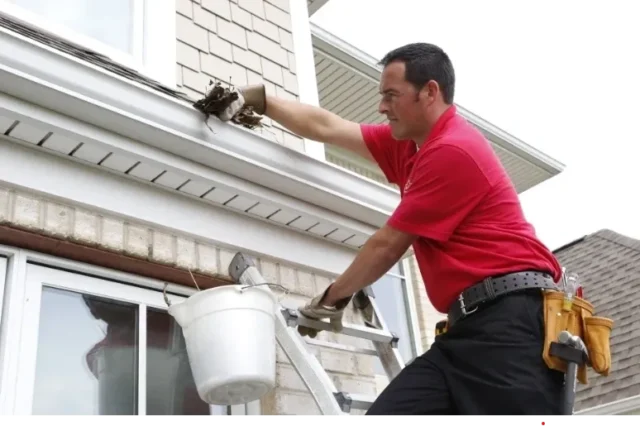
One of the most important tasks to tackle in spring is cleaning your gutters. According to Society Insurance, it’s recommended to clean your gutters at least twice a year—once in the spring and once in the fall. During winter, leaves, twigs, and debris can accumulate, causing blockages. These clogs can lead to water overflow, which may damage your roof, siding, and even the foundation of your home. As spring showers become more frequent, you’ll want to ensure your gutters are clear and functioning properly.
Start by using a sturdy ladder to reach your gutters and remove any debris by hand or with a trowel. After that, use a hose to flush out the downspouts and check for any remaining blockages. If you find any persistent clogs, consider using a plumber’s snake or calling in a professional to resolve the issue. Maintaining clean gutters will help you avoid the costly repairs that come with water damage, including mold growth, rotting wood, and foundation issues.
Check Your Home’s Safety Features

Spring is also a good time to assess your home’s safety features, particularly if you’ve moved recently or made any changes to your living space. According to FiveThirtyEight, a person in the U.S. moves an average of 11.4 times in their lifetime, which means that many homeowners may be unfamiliar with some of the maintenance requirements or risks associated with their new property. Whether you’ve recently purchased a home or have been living in your current one for years, it’s vital to familiarize yourself with the safety features and potential hazards around your home.
Start by inspecting smoke detectors, carbon monoxide detectors, and fire extinguishers. Make sure your smoke detectors are equipped with fresh batteries and test them to ensure they’re working properly. Similarly, check the expiration dates on fire extinguishers and replace them if necessary. If you haven’t already, familiarize yourself with your home’s emergency exits and ensure that windows and doors are easy to open in case of an emergency. If you live in an area with severe weather, such as tornadoes or hurricanes, consider reinforcing windows and doors to withstand high winds.
Inspect for Flood Risks
For homeowners, flood risks are often overlooked, but it’s a crucial element of spring home maintenance. Flood zones are constantly being updated, and about 25% of flood damage occurs in areas that aren’t considered high-risk flood zones. For this reason, it’s important to assess your home’s flood risk and take the necessary precautions. If you’re concerned about potential flooding, it’s just good sense to purchase flood insurance to cover the gaps in your homeowners insurance. Many homeowners mistakenly believe their insurance covers flood damage, but that’s typically not the case.
To determine whether your home is at risk, check with the Federal Emergency Management Agency (FEMA) or your local municipality for updated flood zone maps. Even if your home is located outside of a designated flood zone, consider taking preventative measures like installing sump pumps, sealing foundation cracks, or raising electrical appliances off the ground. If you live in an area prone to heavy rainfall or nearby rivers, flooding could still occur unexpectedly. Flood insurance can be a lifesaver, providing financial protection if disaster strikes.
Additional Spring Maintenance Tips
Spring is the perfect time to go beyond basic home maintenance and address tasks that improve both the functionality and appearance of your property. Tackling these additional maintenance tips will prepare your home for the warmer months while enhancing its value and comfort.
Inspect and Repair Your Roof and Siding

Winter weather can take a toll on your home’s exterior. Take time to inspect your roof for missing or damaged shingles, cracks, or leaks. Addressing these issues early can prevent water damage during spring rains. Similarly, check your siding for cracks, peeling paint, or other signs of wear. A fresh coat of paint or small repairs can protect your home from further damage and boost its curb appeal.
Service Your HVAC System
As temperatures begin to rise, ensuring your HVAC system is in top working condition is crucial. Replace air filters and schedule a professional inspection to clean and service the unit. This will ensure your system operates efficiently, providing comfortable indoor temperatures while reducing energy bills.
Refresh Your Outdoor Spaces

Outdoor spaces are often overlooked in winter but deserve attention in spring. Start by cleaning decks, patios, and outdoor furniture to remove accumulated dirt and debris. Pressure wash surfaces, stain wooden decks, and plant flowers or shrubs to revive your outdoor areas. Regular upkeep of these spaces can create a welcoming atmosphere for gatherings and relaxation.
Check Windows and Screens
Spring is an excellent time to clean windows and inspect them for cracks or drafts. Repair or replace damaged screens to allow fresh air in while keeping bugs out. This simple task enhances energy efficiency and indoor comfort as the weather warms.
Conclusion
Preparing for spring home maintenance is a proactive way to protect your investment and ensure your home remains safe, comfortable, and functional. From cleaning gutters to assessing flood risks, there are a variety of tasks that can help prevent future damage and enhance your living space. Taking the time to care for your home now will pay off in the long run, offering you peace of mind and avoiding unnecessary expenses. Whether you’re moving into a new home or you’ve been in your current one for years, spring is the perfect time to give your property the attention it deserves.



















